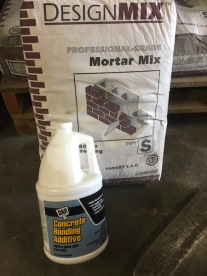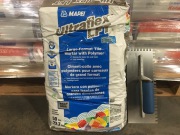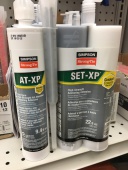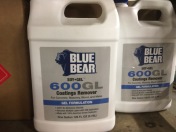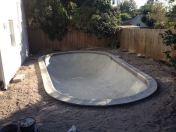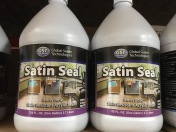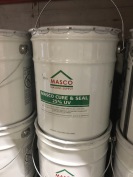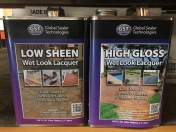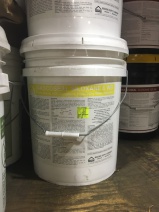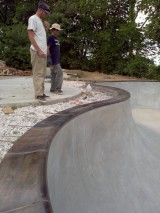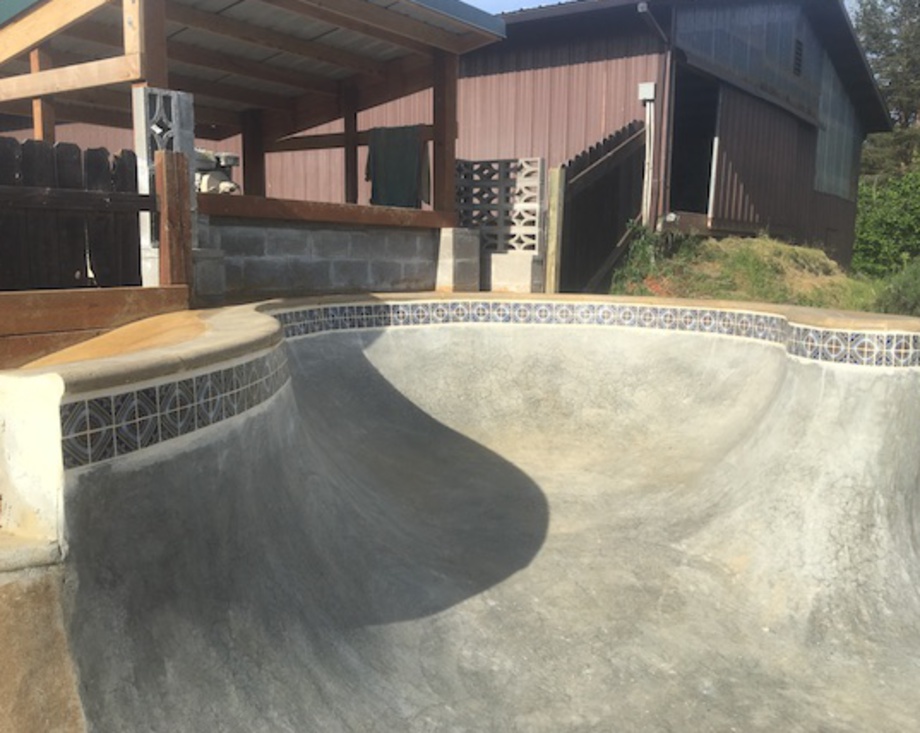
Contractors Information
This page offers industry information for contractors and masons looking for installation products. These are guidelines only. Always follow manufacture's specifications and recommendations. The contractor is always responsible for the installation of coping. Tedder Stone is not liable for any damage due to use of any product or misinstallation. We recommend testing a product out before use on your park or bowl. Most companies that manufacture the products listed below are willing to send free samples if you contact the sales represenative. Please call or email us with any questions.
Type S Mortar Plus Bonding Additive
Type S Mortar plus bonding glue is the industry standard. Use Type S mortar if you have an unlevel top-plate or want to build up the beam thus adding more transition or vertical. Blend with Portland Cement Type 1-2 for the joints. Typical joint spacing should be 3/8" to 1/2" since mortar needs enough body to catalyze correctly. Typical installations will use the bonding glue on the raw bond-beam and a primer coat on the bottom of the coping stones and the seams. A wooden jig that checks the reveal of the coping stone should be used since a thick mortar bed tends to slump. The coping should be set first, then the mortar cut to grade. Accelerators or retarding agents can be used and dosages easily calculated when using pre-blended mortar. Typical temperature ranges for this type of mastic with or without additives generally range from 30˚F to 102˚F. It is best to keep direct summer sun off fresh mortar and cover all work with plastic, wet burlap or concrete winter blankets to retain moisture or prevent freezing.
Medium Bed Large Format Tile Thin-set (LFTs)
Thin-set that is designed for large un-guaged stones or natural stone tile (ie marble) works great for setting pool coping. A level bond beam is required and any repair work or extra build up before the thin-set application begins should be done with patchcrete type materials. Mastic should be spread with a large-format notched trowel in a circular pattern on the bond beam with a primer coat of thin-set applied to the bottom of the coping stone. This product is readily available in a white cement base which works well for swimming pools, plaster, and porcelain tile. Grey is ideal for most shotcrete skateparks due to it's extreme strength. Read the instructions very carefully before purchasing as most brands don't work well under 50˚F.
Concrete Epoxy
Concrete epoxy is used to achieve a premium coping joint that will not wear down like most cement-based joints which typically cure softer than the cured coping stones. Joint spacing down to 1/8" can be achived by masking off both sides of the stone with painter's tape and using a resin squeegee to smooth the joint to perfection. Read all instructions and make sure your temperature and moisture are well within the manufacture's recommendations before installation.
Coatings Stripper
Many old skateparks had coping installed with spray lacquer or polyurethane paint on top of the original sealer. Many problems have surfaced ranging form premature failure in climates with high freeze-thaw to inadequate penetration of concrete sealer when a re-sealing program is implemented. All paint and lacquers should be removed using a premium coatings stripper prior to resealing. Only the original sealing products should be reapplied. If the original sealer is not available, contact the company where the product was originally purchased for guidance on a replacement product.
Acrylic Sealers
Acrylic water based sealer is by far the easiest to apply using a standard paint roller or brush. The satin seal is essentially a matte finish. It can be used on the coping and on the skating surface providing a natural feel to the concrete that isn't slick. Semi-gloss and gloss can be used on the coping but isn't ideal for the skating surface. The product is best used in temperate climates or southern climates that receive some winter weathering.
Solvent Based Sealers
Solvent based sealers are available in every region. They typically come packaged in five gallon containers for contractors. These sealers need to be sprayed with a commerical sprayer and are available in many different concentrations. It is best to obtain a sample and test it on a small area.
Semi & High Gloss Lacquer
Unlike clear spray lacquer paint or polyurethane, lacquer concrete sealer will give your coping that lacquer feel plus the added benifits of a high quality concrete sealer. This sealer is perfect for installations that will receive a high volume of continued activity. This sealer is recommended for all exposed aggregate. The skating surface must be masked off before applying so that the sealer doesn't make contact with the surface, these sealers will be to slick on any surface other than the coping.
Silane/Siloxane
A water based silane or siloxane sealer should be used in areas with high freeze-thaw cycles and high levels of moisture. A six (6%) solids concentration is ideal for Tedderstone. Silane is the preferred sealer with our Canadian contractors and can be sprayed directly on the skating surface. It would be best to test any Siloxane on the skating surface to make sure it isn't too slick for skating. The solvent based formulations should only be used in areas with the harshiest weather and all skating surfaces need to be masked off completely. Solvent based Siloxane/Silane is ideal for coping that was never sealed correctly and is showing signs of heavy weathering and/or UV degradation.
Acid Stains for Colored Coping
Integral pigment is not used for skatepark coping due to the water curing process. We use a grey cement that is stonger than white cement but does not achieve good color with pigment. A premium grade acid stain is ideal for coloring your coping. Do not use acrylic stain. To apply acid stains, simply unpack your stones and let them acclimate using sawhorses and 2x4's to elevate the stones to be sprayed. It is very important to keep windblown sands, dust, and debris from contaminating the process. Make sure to neutralize the acid stain with a professional product and seal the coping after it has been installed with an appropriate sealer.

